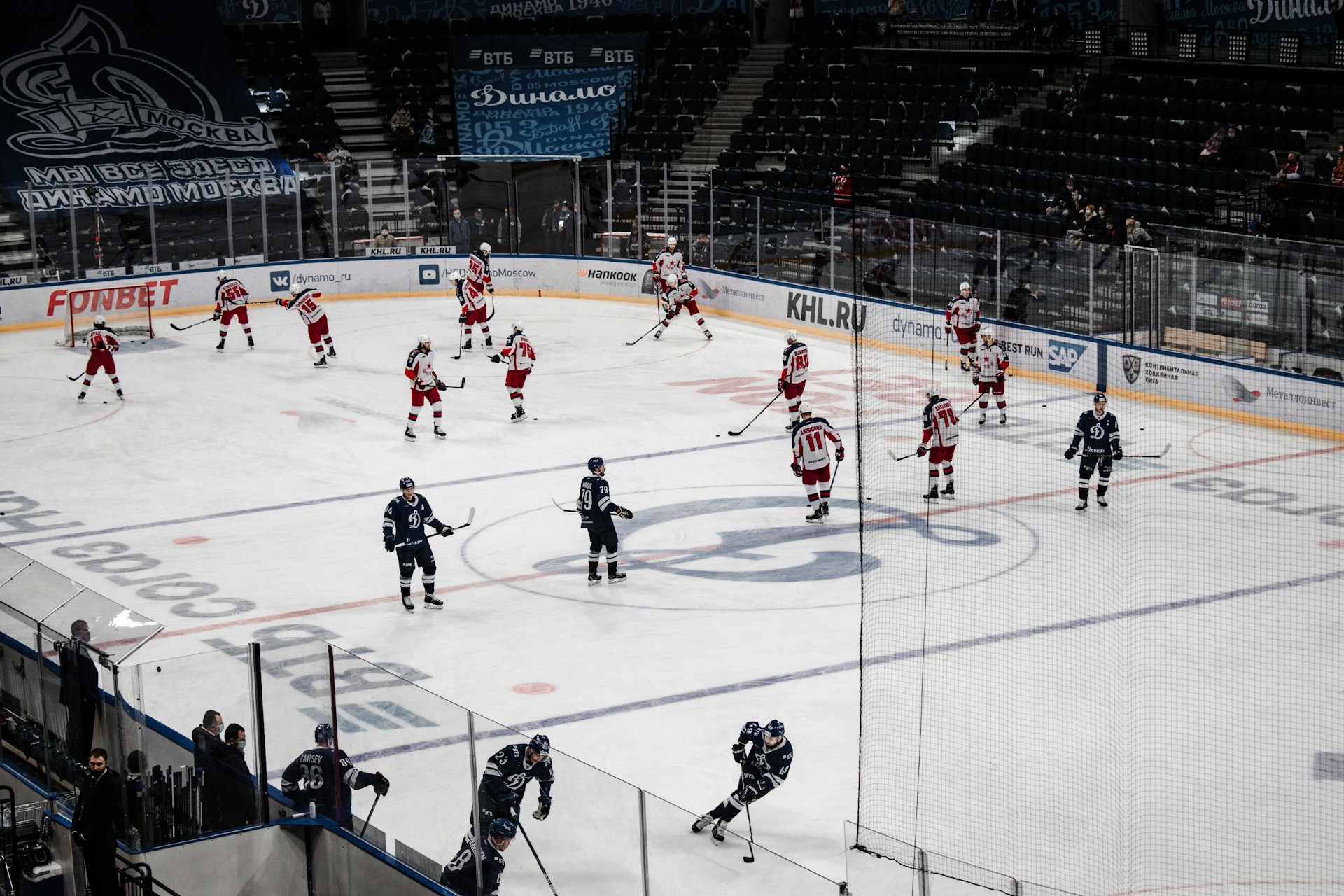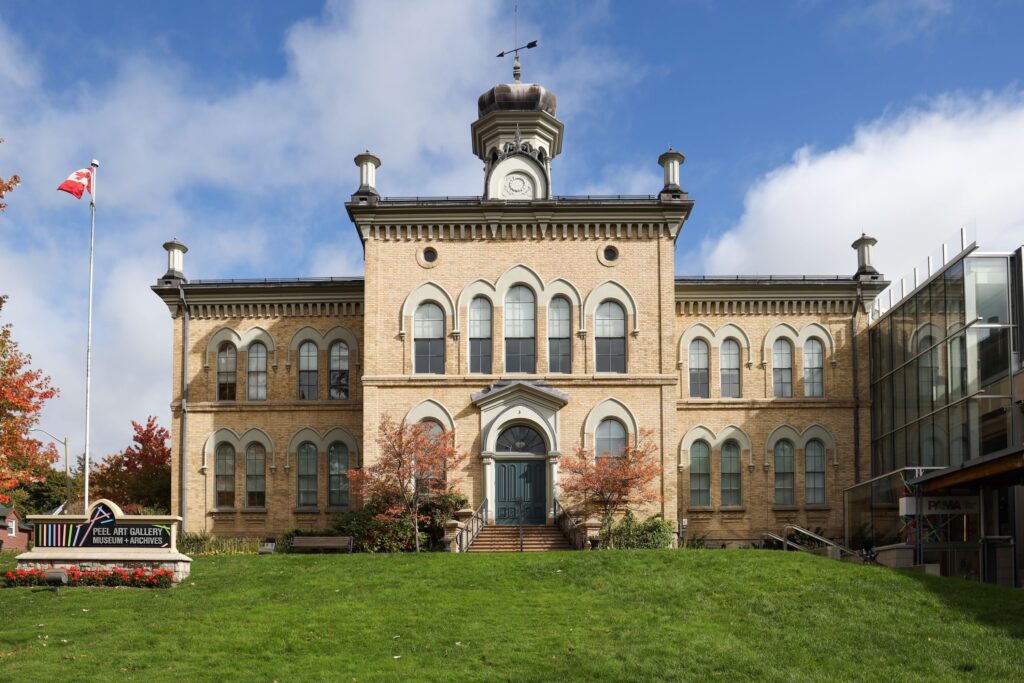Canada’s multiple hockey leagues can be confusing, each with its own teams, players, and role in the hockey world. The NHL, AHL, and OHL are essential to the sport’s growth in Canada, helping players reach their potential at different levels.
Here’s a complete guide to each league to help you understand how they contribute to the hockey landscape.
You may even see tickets to some games in your area for a discounted rate on Canoo! Download today to see if you are eligible to access these discounts and so much more.
1. NHL – The Pinnacle of Professional Ice Hockey
The NHL (also known as the National Hockey League) is the highest level of professional ice hockey, featuring the world’s most skilled players. The NHL includes 32 teams divided into 2 conferences: the Eastern Conference and the Western Conference, each further divided into divisions. These teams compete through an intense 82-game regular season, aiming for a spot in the playoffs and a chance to win the prestigious Stanley Cup.
NHL Teams in Canada
Canada is home to 7 NHL teams, each representing major cities across the country:
- Toronto Maple Leafs (Ontario)
- Montreal Canadiens (Quebec)
- Vancouver Canucks (British Columbia)
- Edmonton Oilers (Alberta)
- Calgary Flames (Alberta)
- Winnipeg Jets (Manitoba)
- Ottawa Senators (Ontario)
These Canadian teams play against NHL teams in both Canada and the United States, with games scheduled throughout the season to showcase regional rivalries. Popular matchups, like those between the Toronto Maple Leafs and the Montreal Canadiens, are deeply rooted in Canadian sports culture.
Gameplay and Rules in the NHL
The NHL features unique gameplay rules, making it both intense and fast-paced (plus very fun to watch):
- Icing: Icing occurs when a player shoots the puck across both the centre line and the opposing team’s goal line without it being touched. This rule prevents endless dumping of the puck and encourages offensive plays.
- Offside: Players must not cross into the offensive zone (across the blue line) ahead of the puck, ensuring a fair play pace.
- Fighting and Penalties: The NHL allows fighting to some degree but enforces penalties. Players receive a five-minute penalty for fighting and can be penalized for instigating fights.
If you’re new to hockey and want to understand the basics, check out our guide to the rules of ice hockey for an introduction to gameplay, penalties, and scoring.
2. AHL – The Primary Development League for the NHL
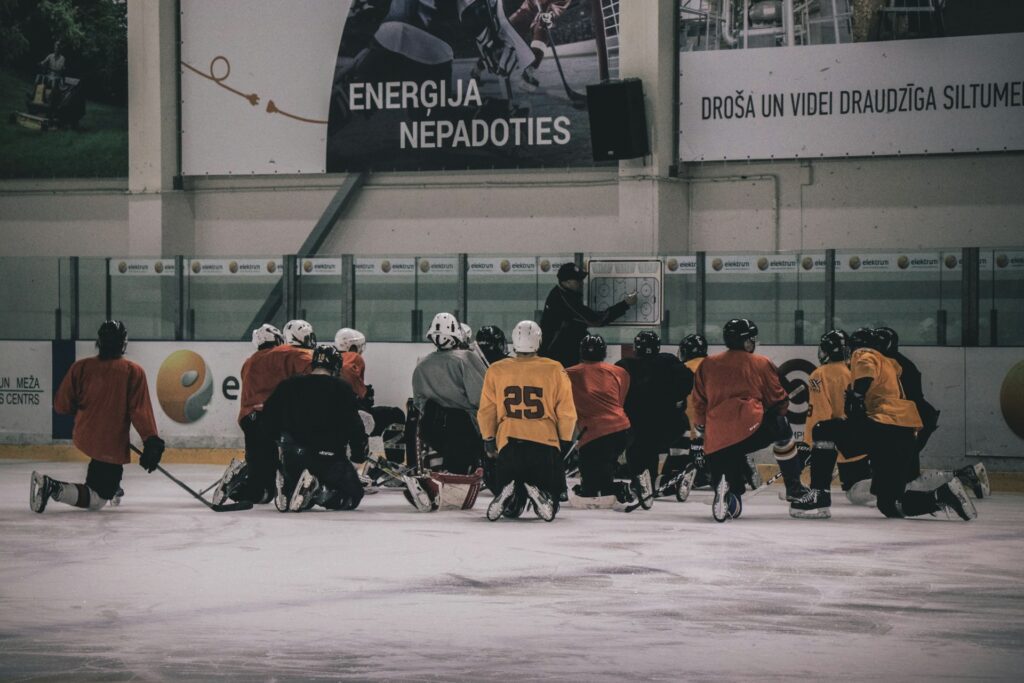
The AHL (American Hockey League) is a level below the NHL and functions as the main development league. Many of its players are under contract with NHL teams, allowing them to move up or down as needed. The AHL is seen as a training ground where emerging players refine their skills before reaching the NHL.
AHL Teams and Affiliates
Each of the 32 AHL teams is affiliated with an NHL team, serving as a direct pathway to the professional league. Canada is home to three AHL teams, each affiliated with an NHL team:
- Toronto Marlies (working with the Toronto Maple Leafs)
- Manitoba Moose (working with the Winnipeg Jets)
- Laval Rocket (working with the Montreal Canadiens)
AHL teams play a 72-game season (as opposed to the NHL’s 82 games) within 4 divisions, largely competing against teams in their division to reduce travel distances. Winning the Calder Cup is the league’s ultimate goal, but player development remains central. Also, players often gain exposure to NHL scouts throughout the season.
Gameplay and Rule Variations in the AHL
The AHL’s gameplay is like the NHL’s, with some small rule differences:
- Overtime Rules: The AHL occasionally tests rule changes, including extended overtime or different shootout formats. This way, the NHL can see how the new rules impact the game before making changes in their own league.
- Roster and Player Movement: Due to its development focus, player movement between AHL and NHL teams is frequent. A player called up to the NHL could be reassigned to the AHL for conditioning or further skill development.
- Fighting Restrictions: While fighting is permitted, penalties are generally harsher, and the AHL has been exploring ways to limit it to ensure player safety.
3. OHL – A Key Junior League for Aspiring Pros
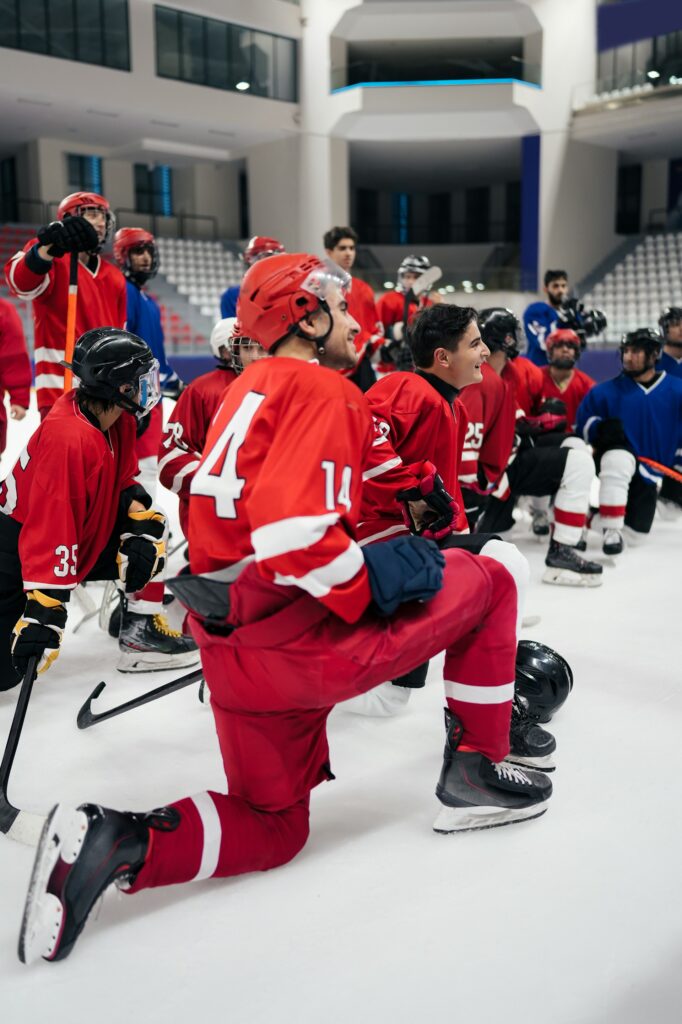
The OHL (Ontario Hockey League) is one of the junior leagues under the Canadian Hockey League (CHL) umbrella. It is a crucial training ground for Canadian players aged 16 to 20 who aspire to join professional leagues. Many of Canada’s top NHL players like Connor Mcdavid – Edmonton Oilers (played for the Erie Otters); John Tavares – Toronto Maple Leafs (played for the Oshawa Generals and London Knights), and Steven Stamkos – Tampa Bay Lightning (played for the Sarnia Sting), began their careers in the OHL, making it a vital part of Canada’s hockey ecosystem.
OHL Teams and Competition
The OHL has 20 teams primarily based in Ontario, but it also includes 3 US-based teams. This allows for cross-border competition and exposure for young players. The teams are divided into two conferences and four divisions. Notable teams include:
- London Knights (Ontario)
- Ottawa 67’s (Ontario)
- Hamilton Bulldogs (Ontario)
- Guelph Storm (Ontario)
- Erie Otters (Pennsylvania, USA)
- Flint Firebirds (Michigan, USA)
- Saginaw Spirit (Michigan, USA)
The OHL teams play a 68-game regular season, primarily facing off against divisional rivals. The top teams advance to compete for the J. Ross Robertson Cup. The OHL champion also has a chance to play in the Memorial Cup tournament, which includes the top teams from Canada’s three major junior leagues (OHL, WHL, and QMJHL).
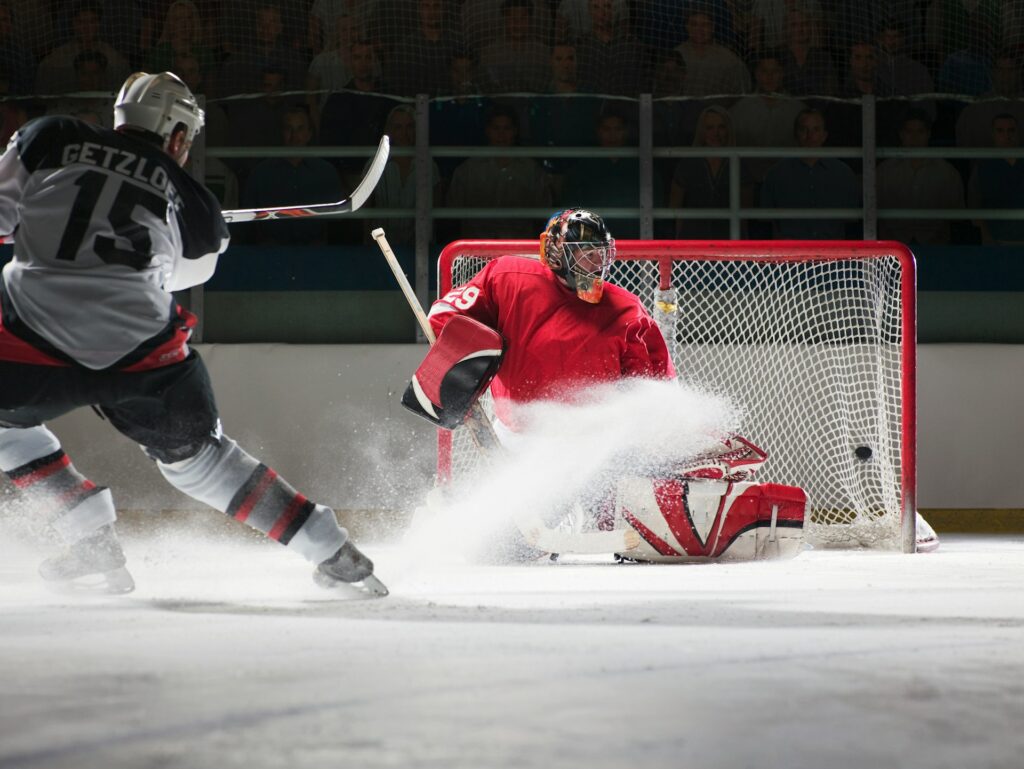
Unique Rules and Gameplay in the OHL
As a junior league, the OHL enforces specific rules to protect its young players:
- Fighting Penalties: The OHL has a much stricter approach to fighting than the NHL, with additional penalties and suspensions for players who engage in multiple fights. This rule is in place to prioritize player development and safety.
- Game Pace and Skill Development: With younger players, the pace can be slightly slower, but the focus is on skill-building and understanding the game.
- Academic Requirements: As a junior league, the OHL places an emphasis on players’ academic responsibilities. Providing support to ensure players maintain their education while training for potential professional careers.
Why Do These Leagues Matter?
Each league supports the sport in distinct ways:
- NHL: As the elite professional league, the NHL showcases the best players in the world and drives innovations in gameplay and fan engagement.
- AHL: This development league gives NHL prospects valuable experience and keeps them prepared to move up to the NHL, helping teams maintain strong rosters.
- OHL: The OHL serves as a space to enhance young talent, nurturing players and preparing them for higher-level competition, be it the AHL, NHL, or international leagues.
Whether you’re supporting your local OHL team, following the career progression of an AHL player, or cheering on your favourite NHL team, understanding these leagues will give you a fuller appreciation of the sport. Each league contributes to hockey’s growth and ensures that players reach their full potential while delivering exciting games to fans around the world.
